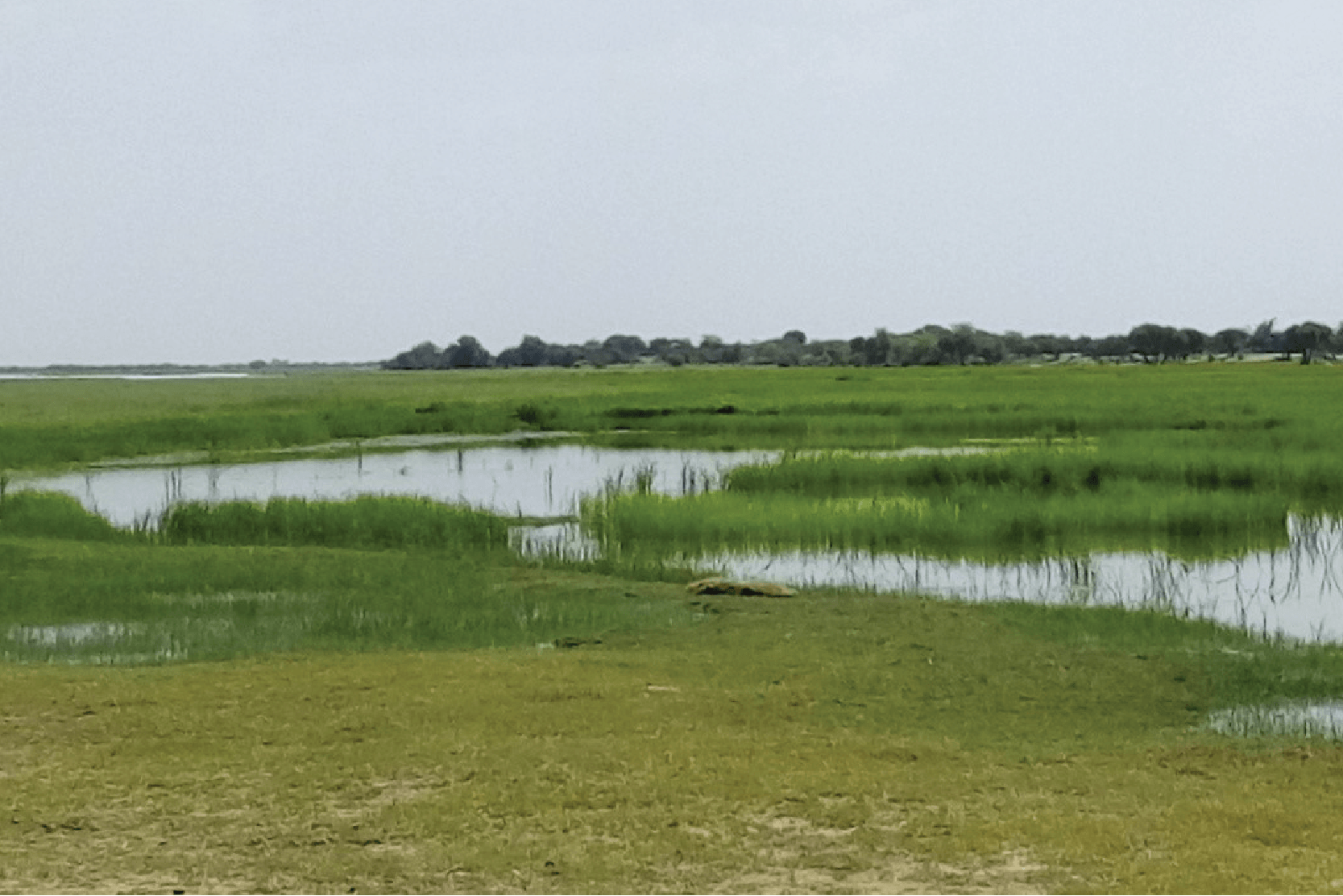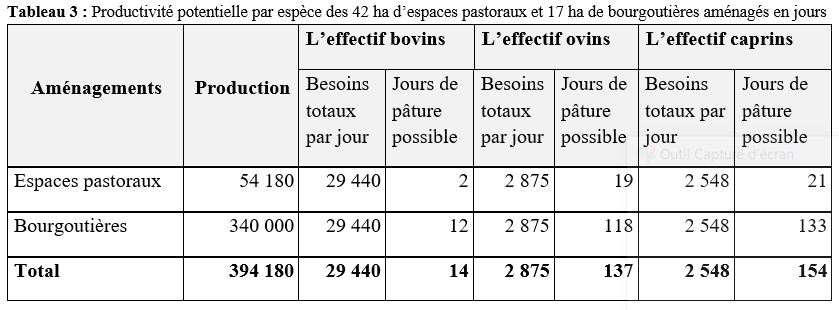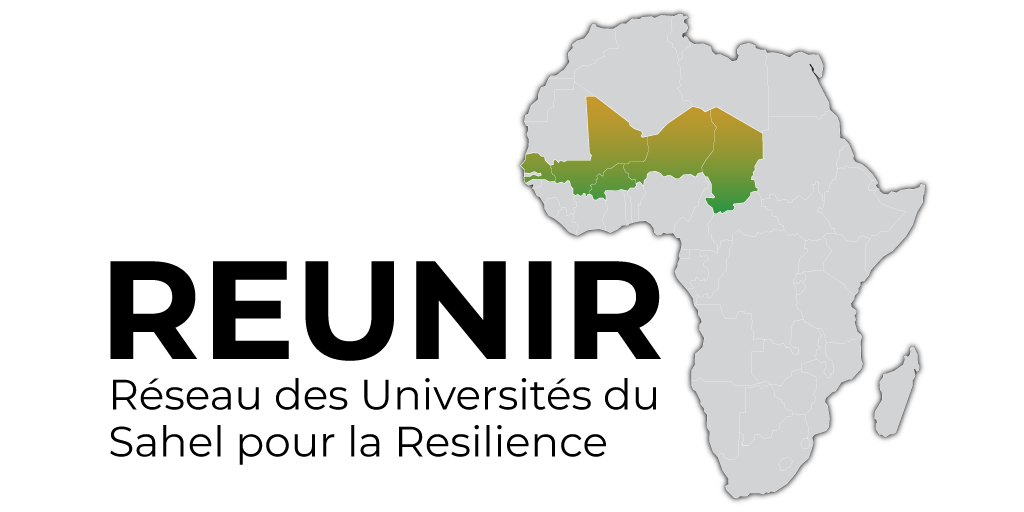
Research Details
- Recherche : Study of the potential and prospects for improving pastoral areas and developed bourgoutières
- Chercheur : Aly DOUMBIA
- Categorie : Mononucleosis Test
- Année : Mars, 2019
- Localisation : GAO / MALI
1. CONTEXT, PROBLEM AND OBJECTIVE
This study is part of the framework of resilience through the pastoral and village areas developed by the PAM through the NGO CDRNM. To highlight the potential and prospects of 42 ha of pastoral areas and the 17 ha of bourgoutières developed for agro-breeders in the Ansongo circle for whom breeding is a means of investment, in the form of livestock , income, derived from other activities. Mali is a Sahelian country with a strong inter-annual variation in rainfall. Feeding appears to be the most important constraint for breeding. The available fodder from natural pastures is insufficient in terms of both quantity and quality. Added to these constraints are crisis situations largely due to natural disasters often coupled with economic shocks and political and security crises. This situation, which continues, is accompanied by an increase in conflicts around pastoral areas. The main consequences of these crises in the northern regions of Mali include extreme poverty, vulnerability, risks and deprivation. The general objective of this study is: to contribute to improving the productivity of pastoral areas and developed bourgoutières and specifically:
(i) identifier les facteurs d’amélioration et de la gestion durable des sites aménagés ;
(ii) determine the impacts of the development of developed sites;
(iii) propose ways and means for improving the development of developed sites.
2. METHODOLOGY
The methodology was based on making contact and collecting data from technical structures, administrative and traditional authorities, populations of the villages concerned and research on the internet. The visit to the developed sites and the sampling concerned the populations of four (4) villages (Badji Gourma, Boubaldjindé, Monzonga and SeynaBellah), in the commune of Ansongo. The four villages have a population of 22,772 inhabitants, including 9,065 men, or 39.81%, and 13,707 women, or 60.19%, distributed among 2,470 households (PDESC of the commune of Ansongo, 2016). The sampling adopted was non-probabilistic, with the choice of the purposive sample. Taking into account certain cultural values specific to the customs of the local communities in the area and from which we cannot escape, our investigations were limited to men. III.2. 163 Given the security situation in the area, we interviewed 53 agro-pastoralists for individual surveys and the focus group involved around 400 agro-pastoralists. The design, pre-test and administration of the interview guide and the questionnaire, then the determination of potentialities and finally the interpretation of the data. To carry out the work, the following materials were used: (i) public transport; (ii) a SANILI motorcycle; (iii) a notepad, pencils and pens; (iv) a laptop; (v) an Android phone; (vi) survey sheets; (vii) interview guides; (viii) a printer; (ix) no photocopier.
3. RESULTS – DISCUSSION
The DNPIA annual report (2015) indicates that the average number of livestock per farm is 6 cattle, 6 sheep and 6 goats per household in the Gao region. With regard to our study, it appeared that the people interviewed had on average 8 cattle, 6 sheep and 5 goats in their household before the development work, but nowadays each of the households interviewed has an average of 9 cattle, Approximately 5 sheep and 4 goats (figure 1).

The total forage production of 42 ha of pastoral areas with a yield of 1,190 kg DM per ha is 54,180 kg DM (table 1). Other studies have shown that fodder production in Sahelian zones where the average annual rainfall is around 400 mm is around 1000 kg of fodder per ha (Grouzis et al., 1989). Through this study, we can say that our productivity of developed pastoral areas is satisfactory.

The 17 ha of bourgoutières (photo 1) developed in the Ansongo circle produce 340,000 kg of DM per year, or a yield of 20,000 kg of DM per ha per year. Other studies show that in Tonka in the circle of Niafunké in the lake zone of Mali, regenerated bourgoutières of 4 to 5 years produce biomass of the order of 15 to 30 tonnes per ha (UNSO, 1989); in the Mopti region, estimates made in the large bourgoutières vary from 6 tonnes to 20 tonnes of DM and exceptionally 30 tonnes of DM (Hiernaux et al. 1982).

These estimates are comparable to the results obtained by the present study. The carrying capacity of developed pastoral areas is between 2 to 3 ha of pastoral areas per 250 kg cattle per year (Table 2). The pastures of the Ménégou glacis in Burkina Faso, with 8,412 ha, support approximately 800 TLU/year (Sanon et al. 2015). Other studies have shown that the average possible carrying capacity is between 4 and 12 ha per 300 kg cattle per year (Grouzis et al., 1989; Corra, 1992). We find that our carrying capacity is close to that of these previous studies. Considering the data in Table 3, the developed pastoral and village areas can only support for 14 days of grazing the total number (7060 head) of cattle from the 4 villages which have a fodder requirement of approximately 29,440.2 kg of DM per day. The total number (4,600) of sheep in the 4 villages can be fed by the 42 ha of pastoral areas and the 17 ha of bourgoutières for 137 days. They can only be used for 154 days of grazing with the total number of goats in the 4 villages.


After analyzing the data collected, we found that 92.2% of those questioned reported that animal productivity was decreasing and 7.8% reported improved productivity before the developments (figure 2). After the adjustments, 86.8% showed an improvement in productivity, 1.9% a reduction and 11.3% a stability in productivity. This concerns the evolution of the productivity of animals in the 4 villages over time and we note that most of the beneficiary populations have observed an improvement in the productivity of animals in general.

4. CONCLUSION AND RECOMMENDATIONS
At the end of this study, the potential of the 42 ha of pastoral areas and the 17 ha of bourgoutières is 394,180 kg of DM for one year with a carrying capacity of 172 TLU or 259 cattle or 1,728 sheep or even 2,077 goats, this total production can also cover the needs of 3 months of fodder fattening, i.e. 1,050 cattle, 4,940 sheep and/or 7,410 goats. As for the bourgoutières, they alone provide 340,000 kg of MS, which give 113,333 bundles of 3 kg at 250 FCFA each, producing a sum of 28,333,370 FCFA for the 4 villages.
This study allowed us to note that the development of pastoral and village areas has a positive impact on the socio-economic and environmental levels of the populations of the study area. We recommend that the State and NGOs:
(i) promote the resilience agenda for vulnerable populations in the country and
(ii) strengthen the capacity of populations and management committees with training, awareness, mobilization, information, training and education on management and maintenance techniques in order to sustain the developments.
5. BIBLIOGRAPHICAL REFERENCES
Corra, 1992: The middle Awash valley (Ethiopia). French agricultural and veterinary project in Ethiopia, Addis Ababa. CIRAD-EMVT, 78 p. DNPIA (National Directorate of Animal Production and Industries), 2015: (Mali) Annual report; page 64; 114 Pages.
Grouzis et al., 1989 : Elements of strategy for agro-sylvo-pastoral development in the Sahel. Training in Integrated Pastoral Development in the Sahel, FAPIS, Dakar, Senegal, pages 12; 117 pp.
Guinko S., 1984 ; Hien F. G., 1995 : The regeneration of the silvopastoral space in the Sahel: A study of the effect of water and soil conservation measures in Burkina Faso. Tropical Resource Management Paper No. 7, Wageningen University, 194 Pages.
Hiernaux P. et al., 1982 : Method for evaluating the forage potential of Sahelian rangelands. Miscellaneous Paper, 430, CABO Wageningen, Netherlands., http://portails.cilss.bf:8500/documents/6043.pdf
Sanon et al., 2015 : Evaluation of the pastoral potential of the Ménégou region in Burkina Faso, CRAFINERA-CNRST, FaSee discussions, stats, pages 264; 268 Pages. Address (Page consulted on October 25, 2019) URL: https://www.researchgate.net/publication/32970560
UNSO (1991) : the bourgoutières are greening up again. https://cgspace.cgiar.org/handle/10568/60023 (Page consulted on November 11, 2019)


